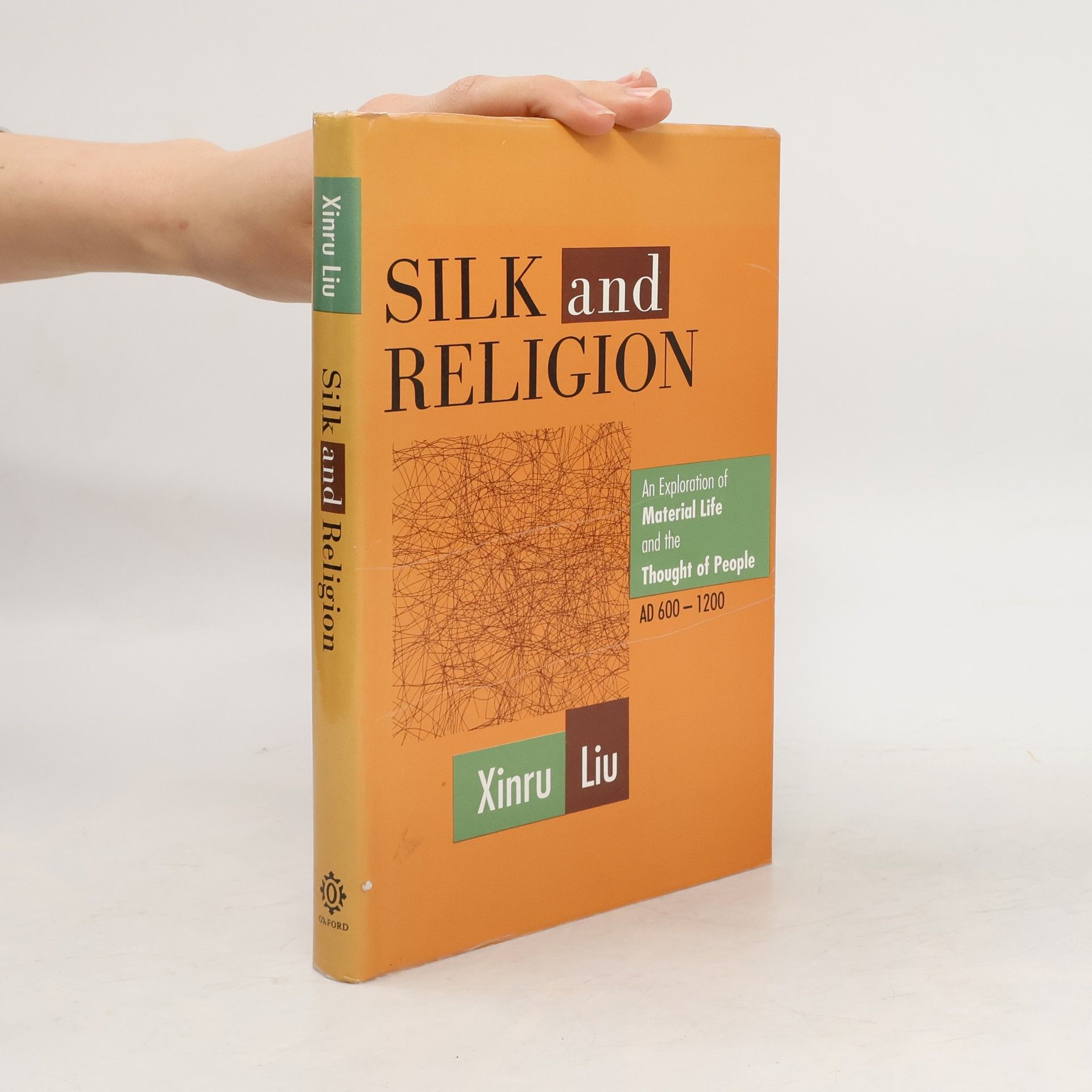This book offers an engaging exploration of the societal context during the time of the Buddha, blending scholarly research with imaginative storytelling. It delves into the cultural, political, and spiritual dynamics of the era, providing readers with a vivid understanding of the historical backdrop that influenced Buddhist teachings and practices. The narrative is designed to be both informative and accessible, appealing to those interested in history, religion, and philosophy.
Xinru Liu Boeken
Xinru Liu richt zich op de vroege Indiase en wereldgeschiedenis. Ze is universitair hoofddocent aan The College of New Jersey en hoogleraar aan het Institute of World History van de Chinese Academie voor Sociale Wetenschappen. Haar werk duikt in de historische en culturele uitwisselingen tussen diverse beschavingen. Ze onderzoekt de verspreiding en transformatie van ideeën, technologieën en artistieke uitingen door de eeuwen heen.


Silk and Religion
- 246bladzijden
- 9 uur lezen
Xinru Liu studies the silk trade in Eurasia between the seventh and twelfth centuries to explore how religious ideas affected economic behavior. Long-distance silk trade was established for centuries in ancient Eurasia, well before the state in Tang China and the Byzantine Empire set up statesilk industries and clothing codes to regulate the trade and consumption of silk textiles. Silk textiles were invested with symbolic meaning and their use restricted to bureaucratic and religious hierarchies in both regions.